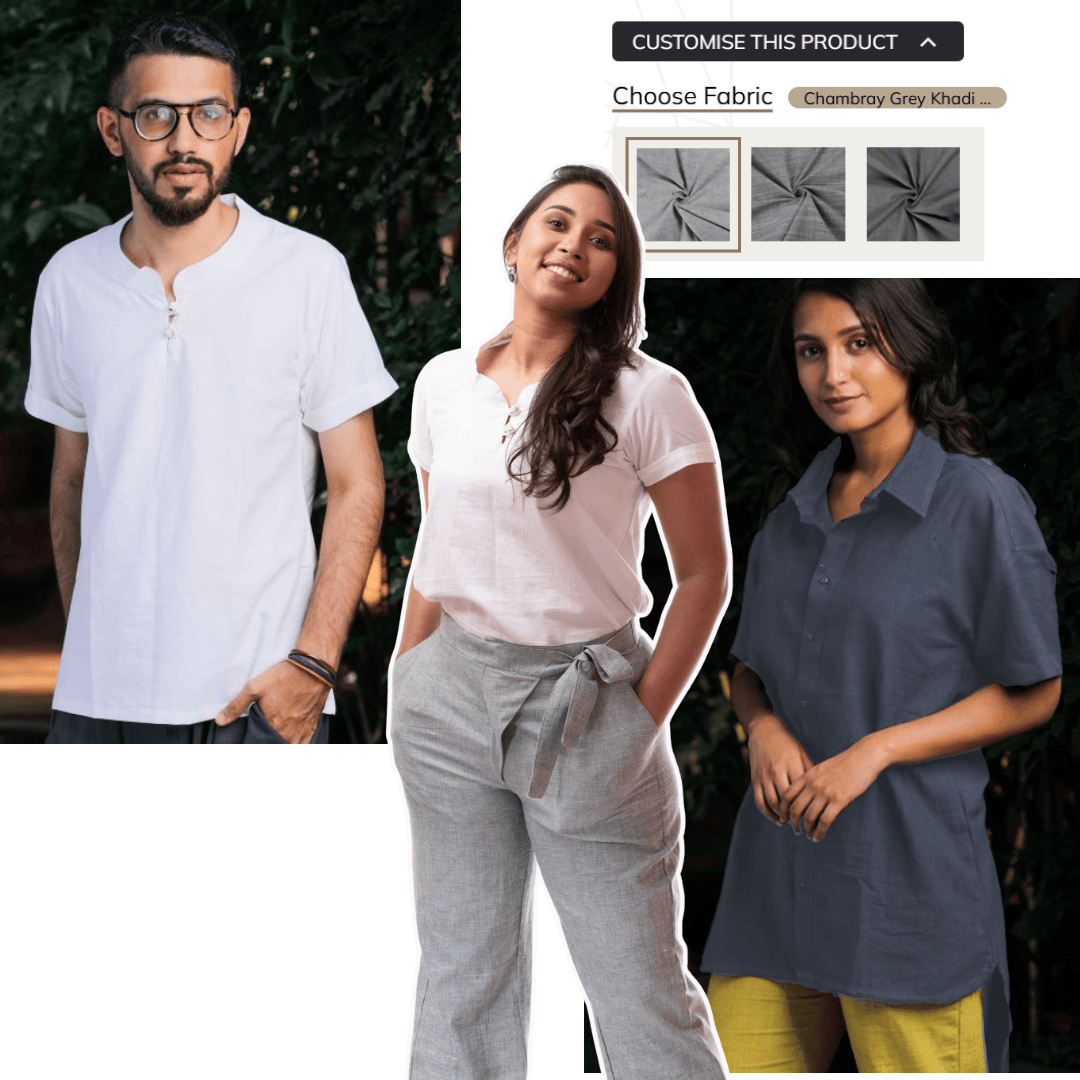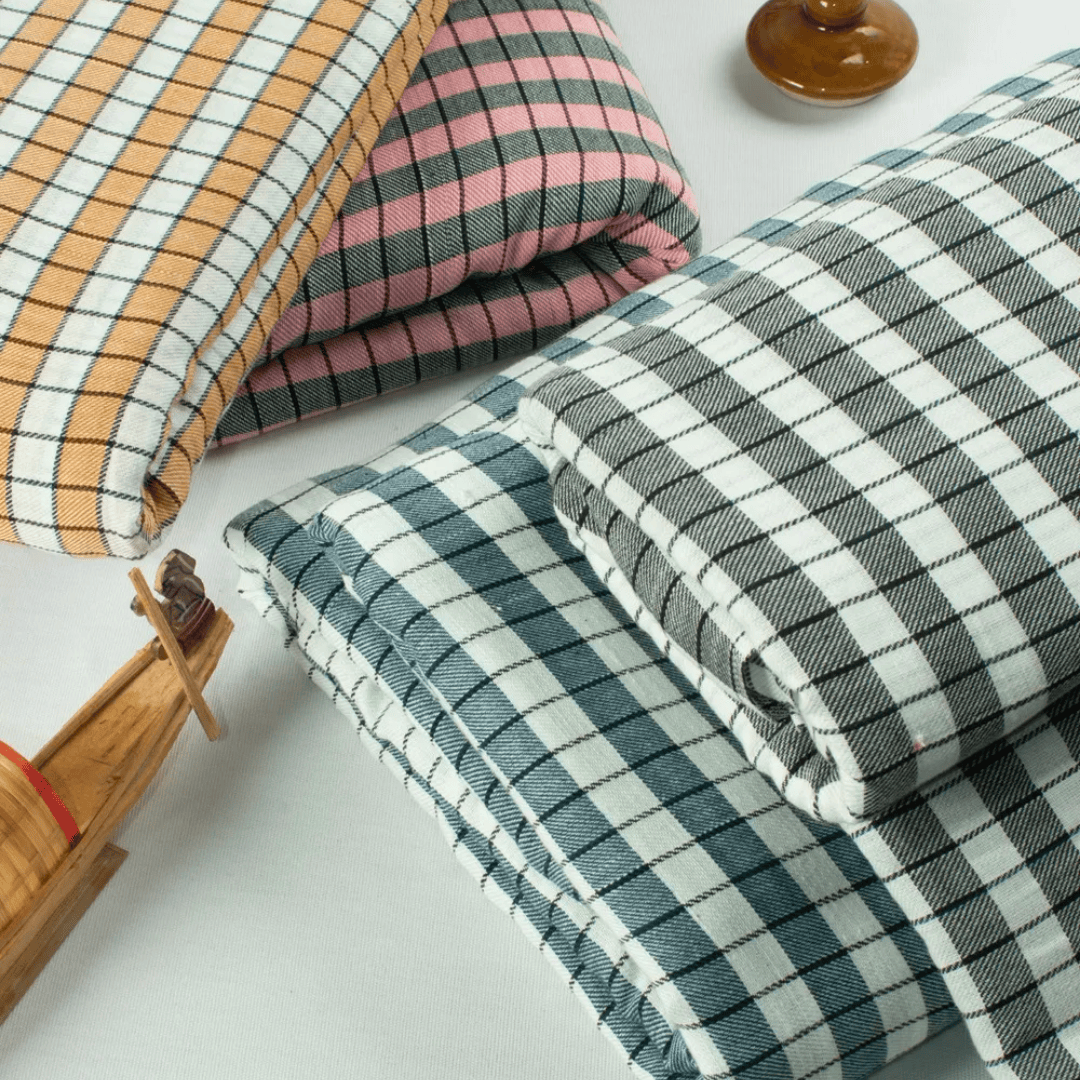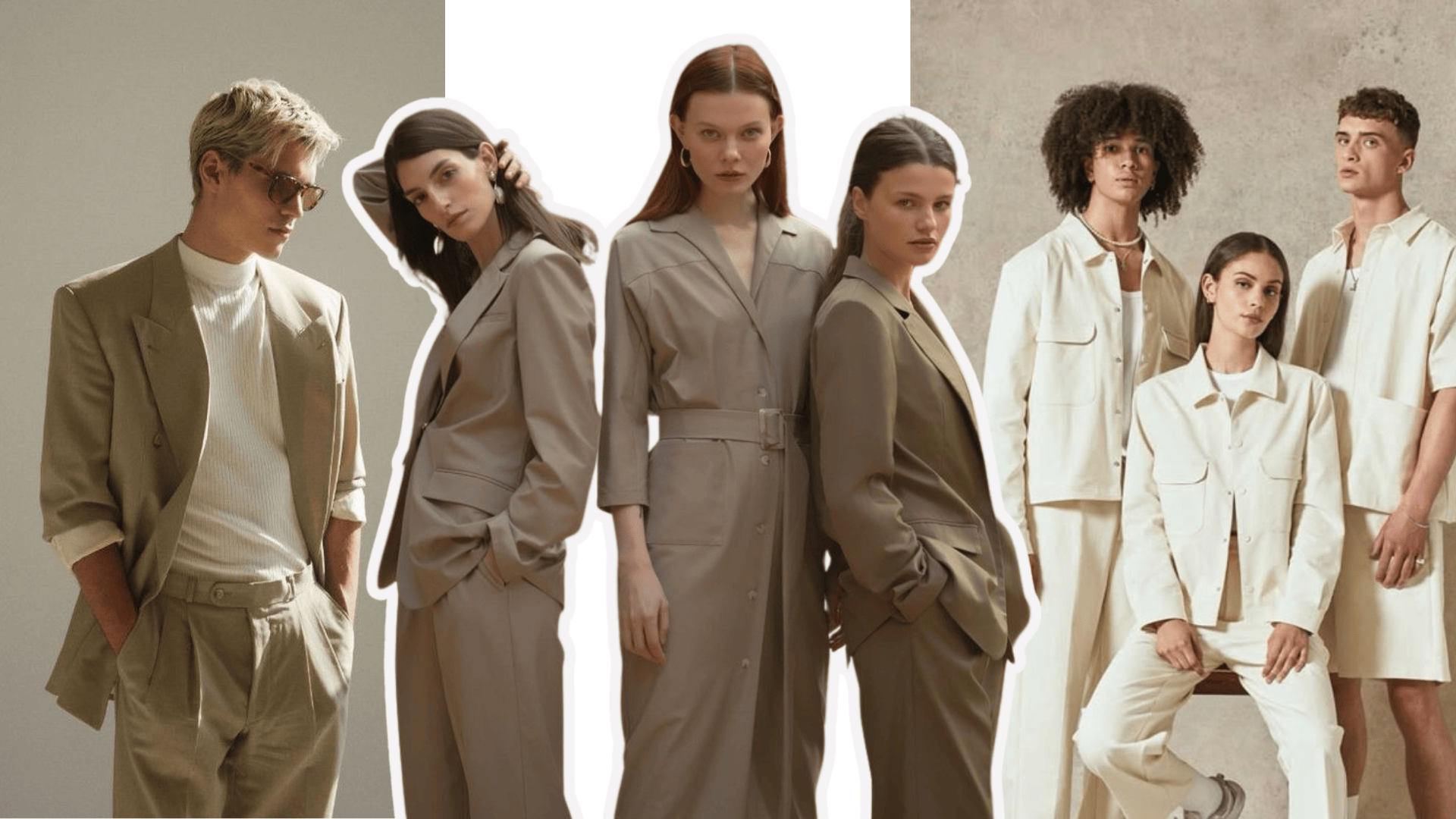
The Rise of Gender-Neutral & Fluid Fashion: Breaking Down Traditional Style Boundaries

Why the future of fashion doesn’t ask your gender—it honors your identity.
Fashion has always been a reflection of culture. Today, as conversations around gender evolve, so too does the way we dress. No longer confined by binary norms, a new wave of gender-neutral and fluid fashion is emerging—celebrated on runways, adopted by brands, and embraced by a generation that sees identity as a spectrum, not a box.
Pink for girls, blue for boys; dresses for women, trousers for men – these sartorial rules were once rigidly enforced. However, the fashion landscape is undergoing a profound transformation, driven by evolving societal attitudes, the power of digital platforms, and a growing demand for authentic self-expression.
This shift isn’t just a trend—it’s a movement. And it’s changing the way we design, produce, market, and wear clothing.
What Is Gender-Neutral and Fluid Fashion?
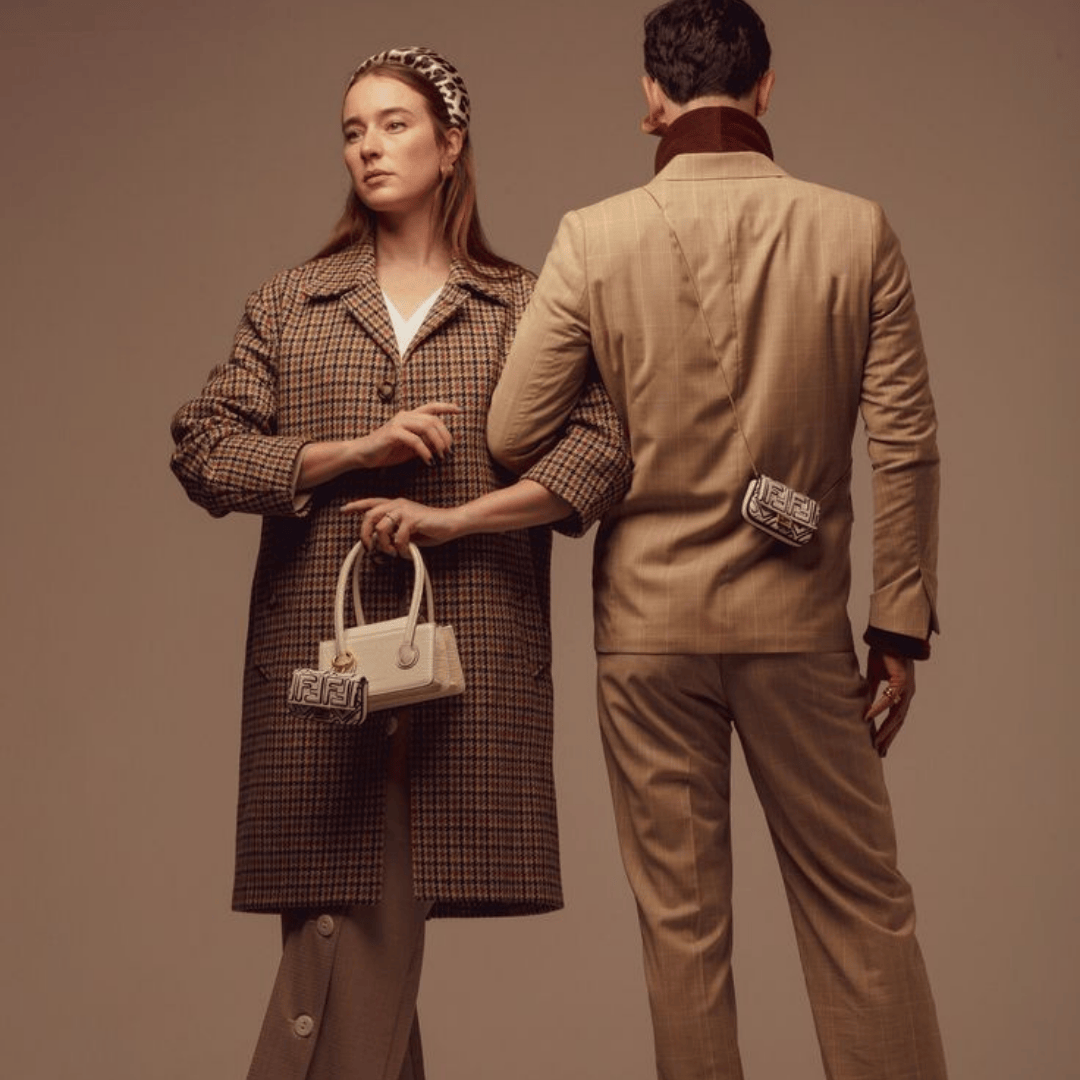
Gender-neutral fashion refers to clothing that’s not specifically designed for "men" or "women." It avoids traditional gendered silhouettes, styling, and language.
It often features universal fits, cuts, and styles that don't conform to traditionally masculine or feminine silhouettes. Think oversized hoodies, relaxed-fit trousers, and simple, classic designs that transcend gendered labels.
Gender-fluid fashion, while similar, emphasizes expression across the gender spectrum—embracing elements traditionally labeled as both masculine and feminine, and everything in between.
It's about having the freedom to wear traditionally masculine attire one day and traditionally feminine attire the next, or to blend elements of both. It emphasizes fluidity, personal identity, and the idea that clothing is a form of self-exploration, not a fixed category.
Why Is It Rising Now?
1. Cultural Relevance:
Younger generations, particularly Gen Z, are redefining identity. According to a 2021 Pew Research study, 59% of Gen Z believe that forms and systems should offer more gender options beyond male and female.
2. Celebrity & Influencer Impact:
Artists like Harry Styles, Bad Bunny, Billy Porter, and Janelle Monáe have challenged gender norms with fashion choices on red carpets and magazine covers—normalizing fluid aesthetics.
3. Retail & Design Innovation:
Brands are beginning to design without gender first, rather than adapting men’s or women’s collections. The result? More inclusive sizing, styling, and fit narratives.
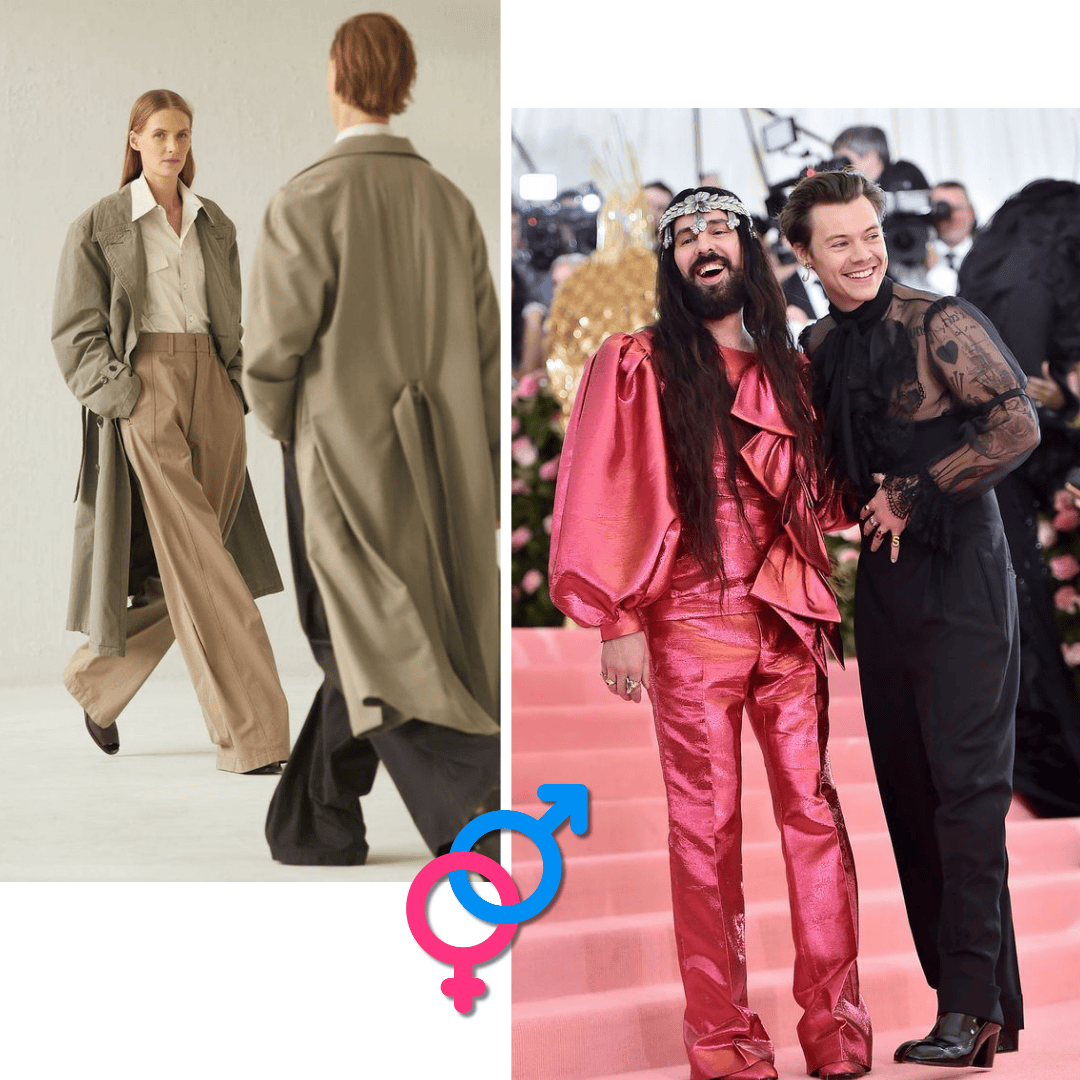
Gender-neutral fashion Show cased in Met gala and Cannes Film Festival , 2025
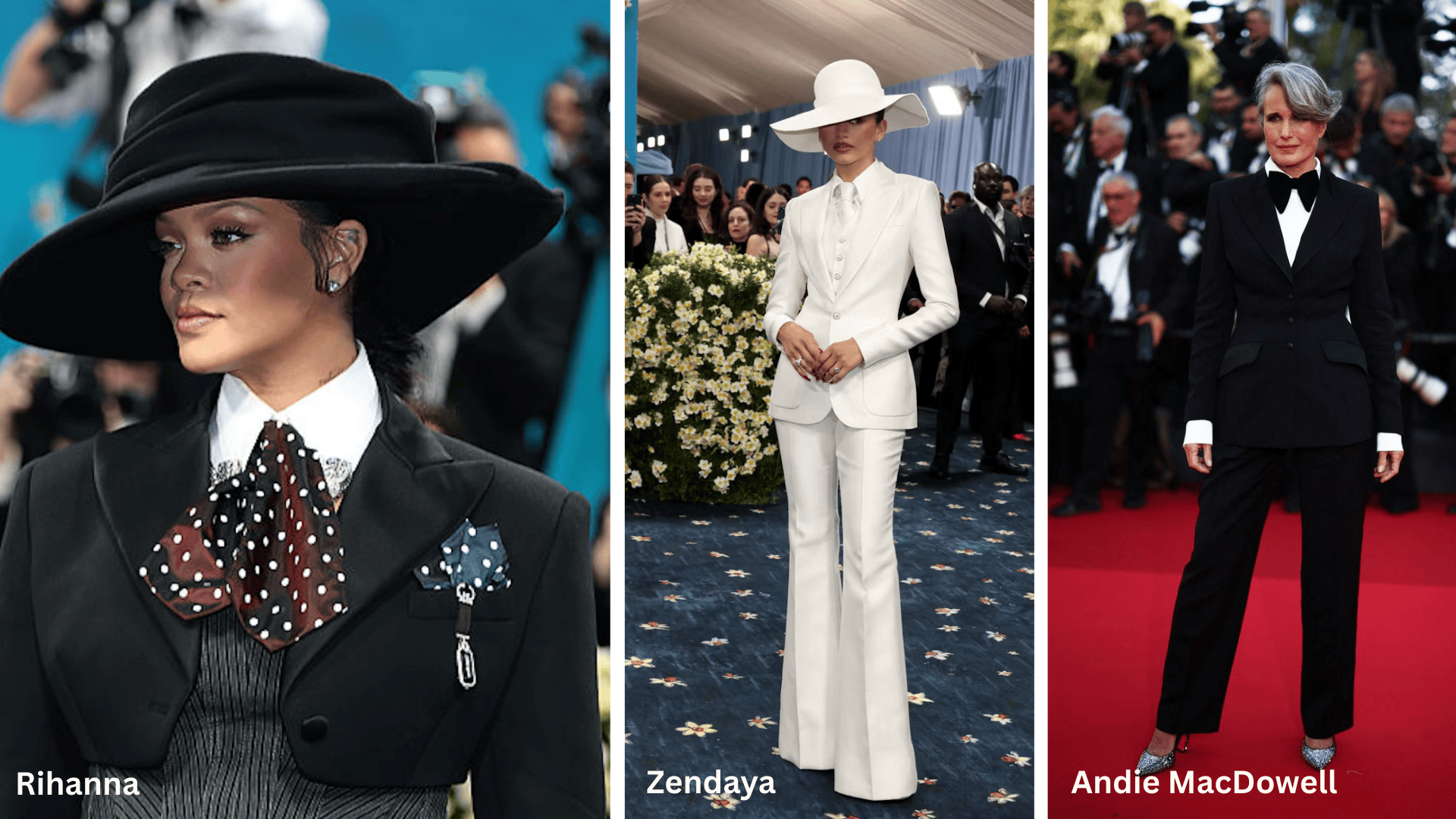
How Designers Are Responding
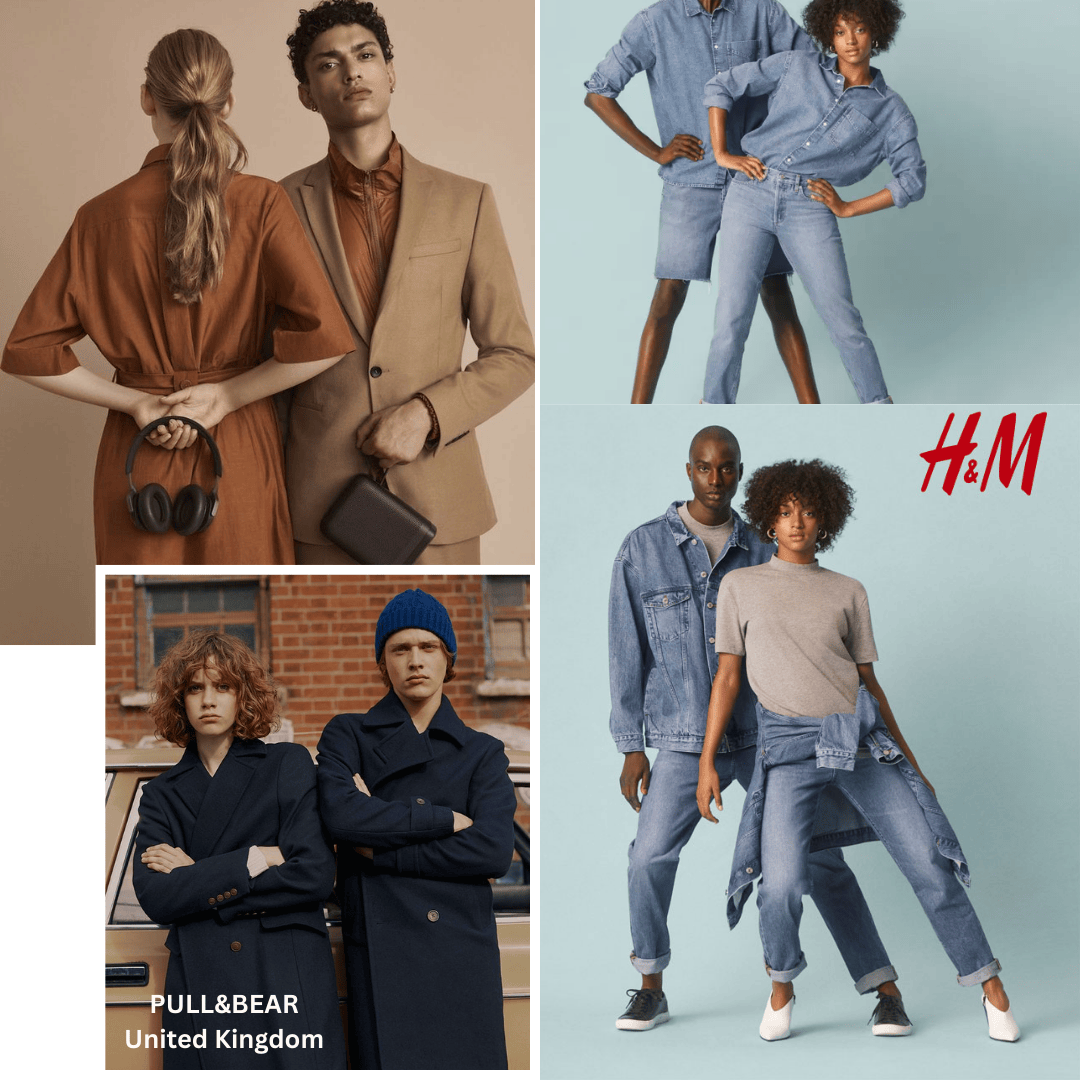
Fashion houses and independent labels are reshaping their collections with:
- Boxy fits and fluid silhouettes that suit a range of body types
- Neutral color palettes blended with expressive pops
- Multi-use garments that can be styled across identities
- Unisex tailoring, robes, tunics, drop-crotch pants, oversized blazers
- Size-inclusive fits with minimal differentiation in shape
Few Examples of Brands Leading the Way:
H&M’s “Unisex” and Zara’s “Ungendered” lines and PULL&BEAR United Kingdom explore casual, inclusive silhouettes.
Global & Cultural Influence
Interestingly, gender-neutral clothing is not a modern Western invention. Many global garments have always defied gender norms:
- India’s kurtas and dhotis, worn by people across gender identities
- Japanese kimonos, traditionally unisex
- Scottish kilts, Middle Eastern abayas, and African kaftans—all show that genderless dressing has deep roots across cultures.
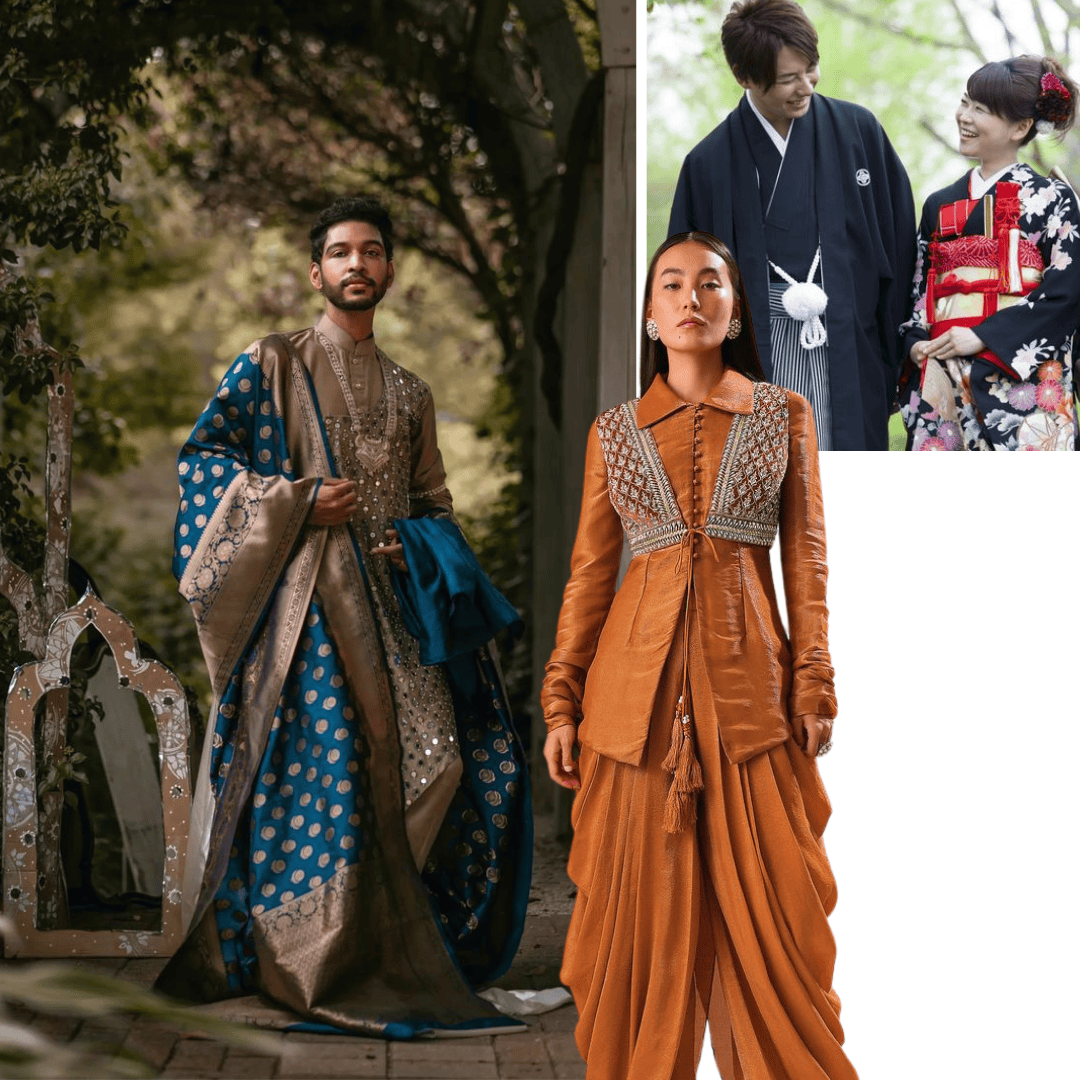
Explore our collection
At Anuprerna, we offer artisan-crafted, naturally dyed, and handwoven fabrics ideal for fluid, inclusive design.
At Anuprerna, we work with fabrics like handwoven khadi, silk-cotton blends, and natural-dyed linens—perfect for designers building inclusive, relaxed-fit, identity-fluid silhouettes.
Fabric Choices for Fluid Fashion
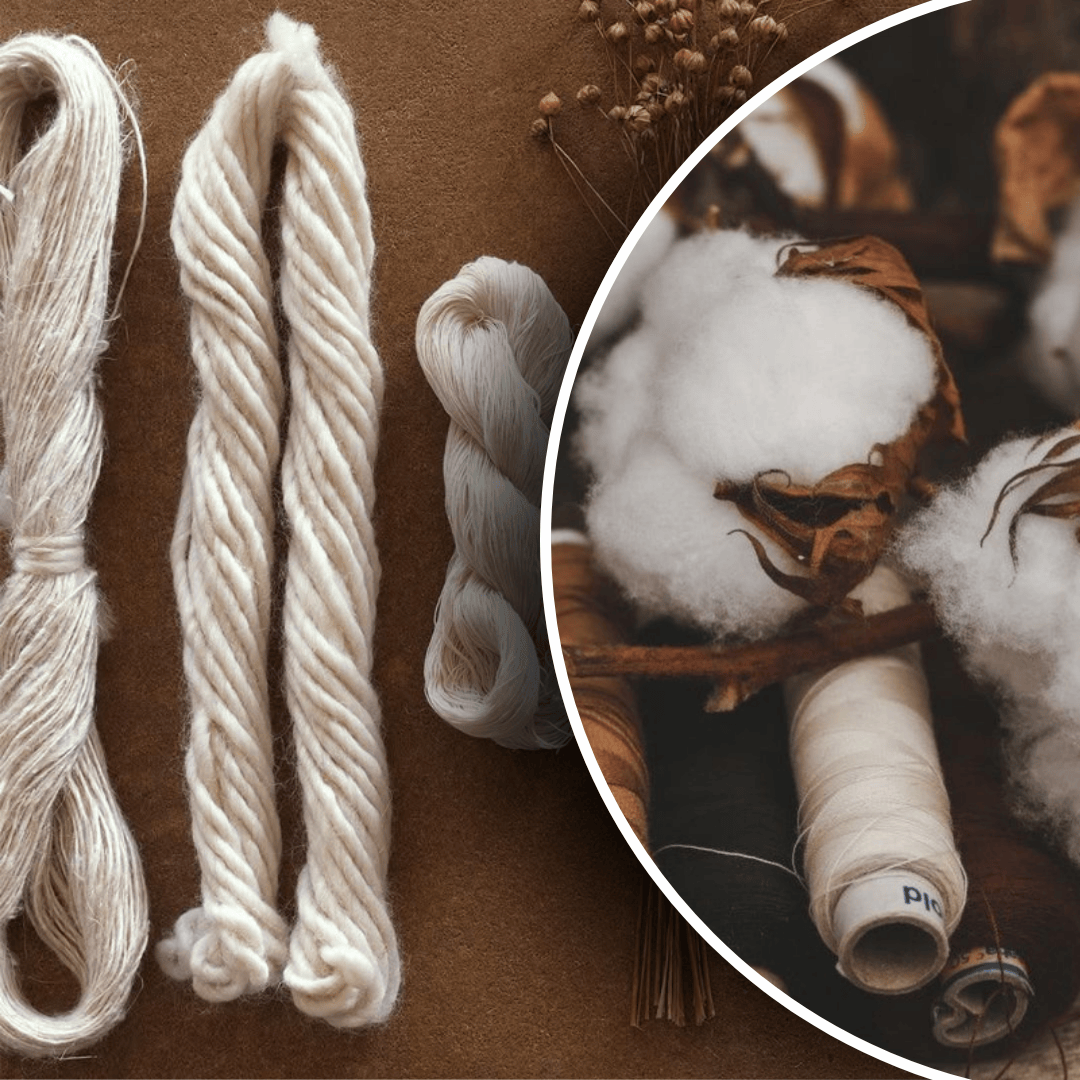
Gender-neutral fashion prioritizes comfort, flow, and versatility—making natural, breathable, and ethically made fabrics ideal. Designers are turning to:
- Khadi cotton and organic twills for everyday unisex basics
- Linen-cotton and silk blends for relaxed elegance
- Tencel and bamboo blends for body-friendly drapes
- Handwoven textures that carry craft, not conformity
These fabrics work across silhouettes, skin tones, and seasons—perfect for modular wardrobes and capsule collections.
Beyond Fashion: Social and Economic Impact
Gender-neutral fashion also contributes to:
- Breaking down gender stereotypes in society
- Reducing overproduction by designing for all
- Improving retail experiences with inclusive dressing rooms and sizing
- Empowering non-binary and LGBTQIA+ individuals with better representation and choice
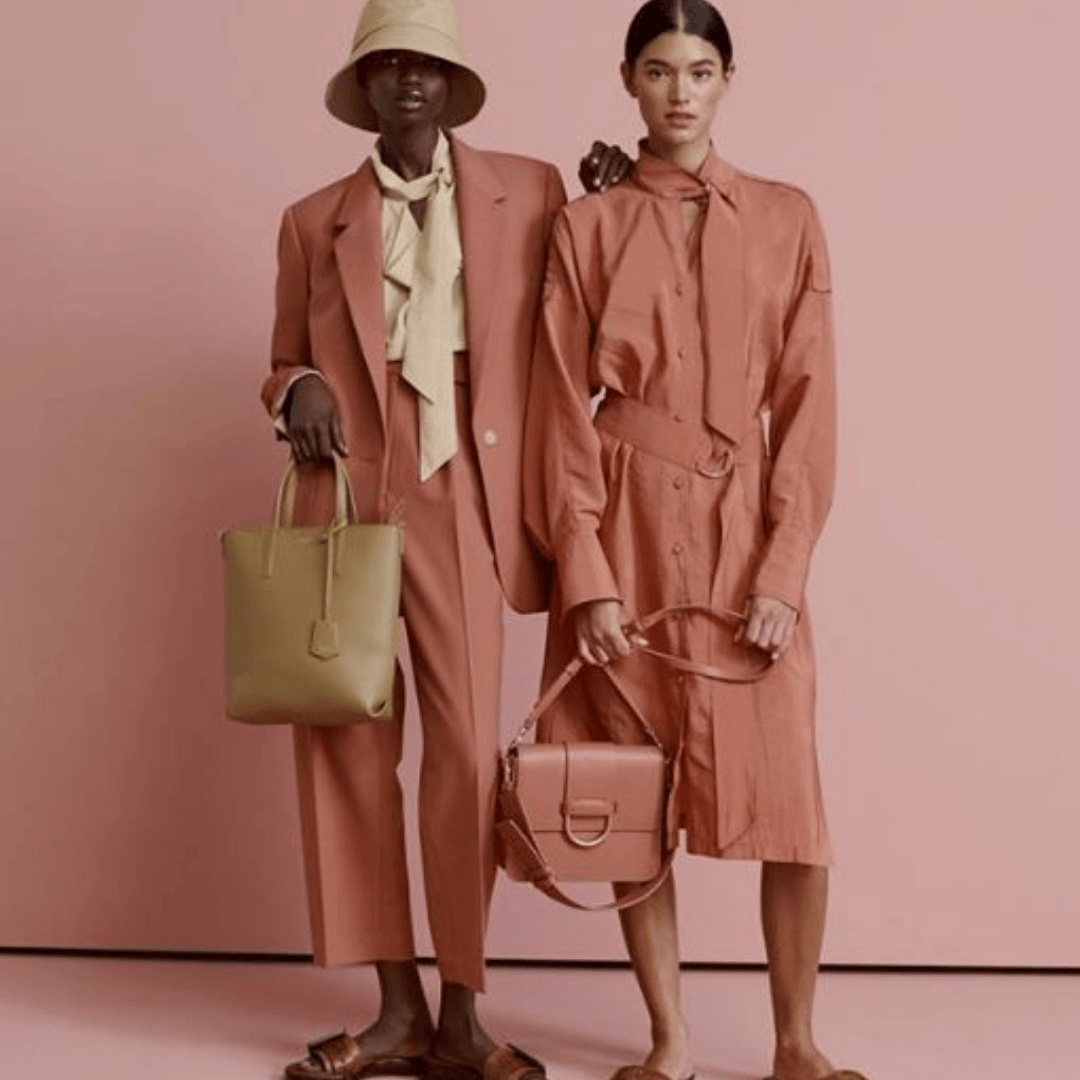
Final Thoughts: Fashion Without Borders
The rise of gender-neutral and fluid fashion is not about erasing identity—it’s about liberating it. It’s about allowing people to wear what they feel, not what they're told. It’s about designing with empathy, marketing with inclusivity, and creating fashion that doesn’t divide but unites.
.
Whether you're a brand owner, designer, or conscious consumer, now is the time to lean into this evolution—not as a passing trend, but as a more authentic, equitable, and expressive future for fashion.
related questions
What is the difference between gender-neutral and unisex fashion?
arrow_drop_downWhile both aim to be inclusive, unisex fashion typically refers to garments designed to fit both men and women using conventional patterns. Gender-neutral or fluid fashion, on the other hand, is designed without reference to any gender norms, often focusing on versatility, comfort, and identity expression beyond binaries.
Why is gender-neutral fashion important today?
arrow_drop_downIt reflects a growing recognition that identity exists on a spectrum, not just male/female. Gender-neutral fashion promotes inclusivity, self-expression, and challenges outdated stereotypes, creating space for people of all gender identities to feel represented and comfortable.
What kind of fabrics work best for gender-fluid or inclusive collections?
arrow_drop_downDesigners often choose natural, breathable, and versatile fabrics like handspun cotton, linen, khadi, silk-cotton blends, and Tencel. These allow for soft tailoring, flexible silhouettes, and adaptability across body types and seasons.
Can gender-neutral fashion still include traditionally feminine or masculine styles?
arrow_drop_downYes. Gender-fluid fashion doesn’t reject traditional elements—it reimagines them in a more inclusive way. For example, a lace-trimmed kurta or an oversized blazer can be worn by anyone, regardless of gender.
How does Anuprerna support gender-neutral fashion design?
arrow_drop_downAnuprerna offers a wide range of handwoven, breathable, and customizable fabrics like khadi, organic cotton, silk-cotton blends, and linen — all of which are ideal for designing fluid silhouettes that prioritize comfort, culture, and identity expression.
More Blogs
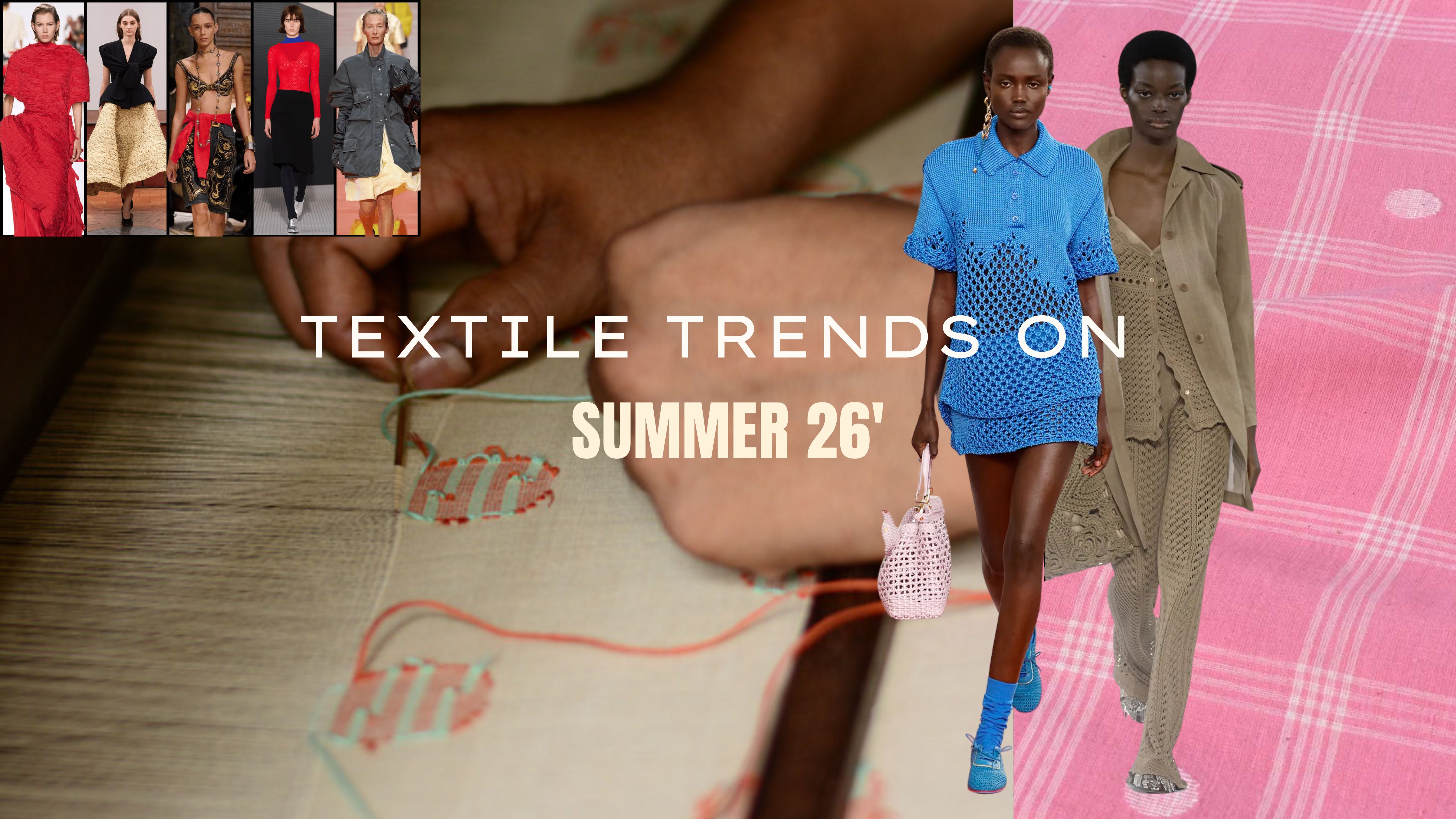
summer 2026 textile trends: the season of slow luxury

the color theory hack: instantly upgrade your style with the science of hues
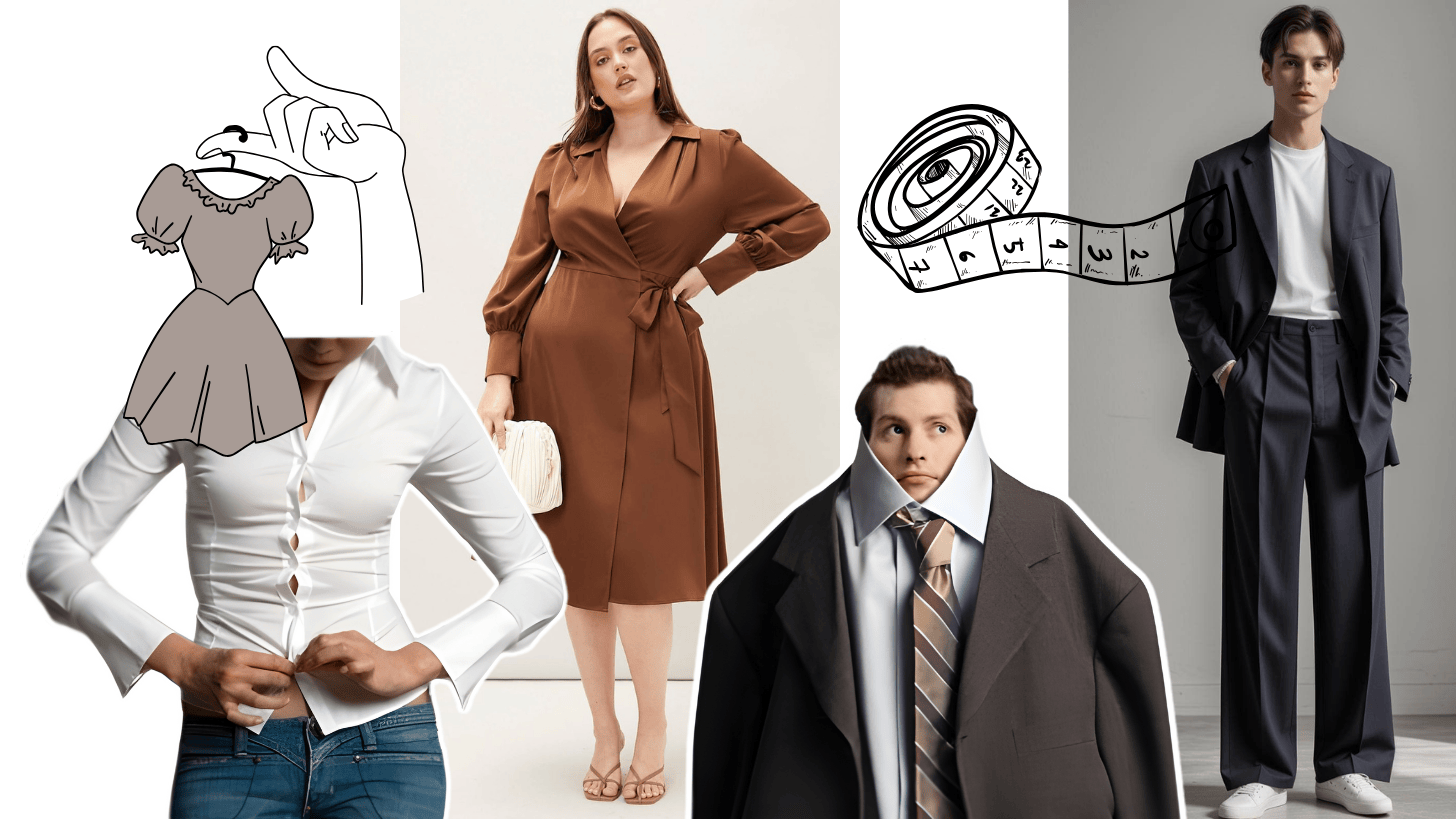
the style blueprint: 5 simple rules to improve dressing sense instantly
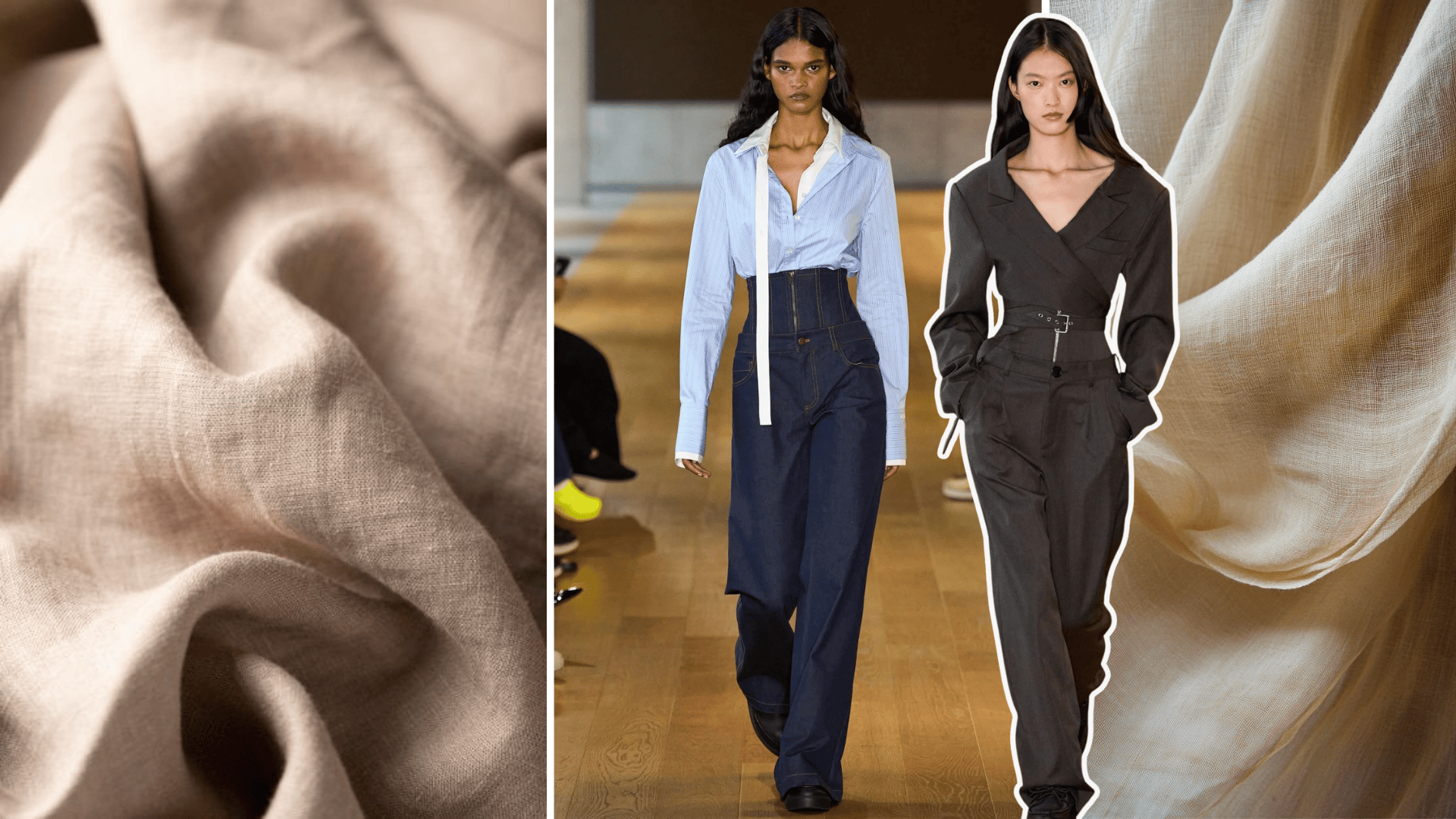
top 5 textures to watch in fashion trends 2025
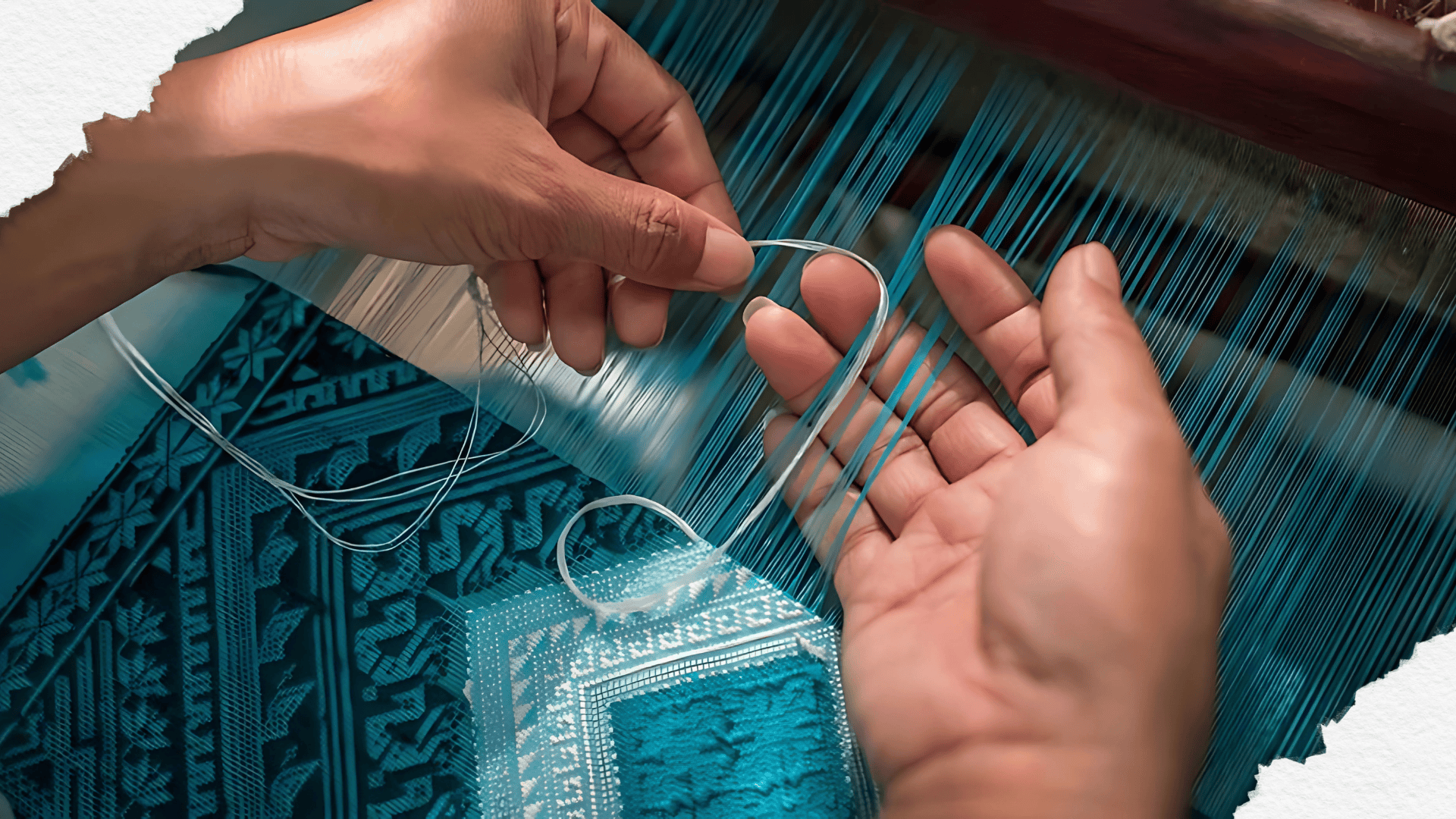
beyond borders: how fashion designers reimagine indian handloom in global fashion

5 key design elements in fashion and styling behind every great look
